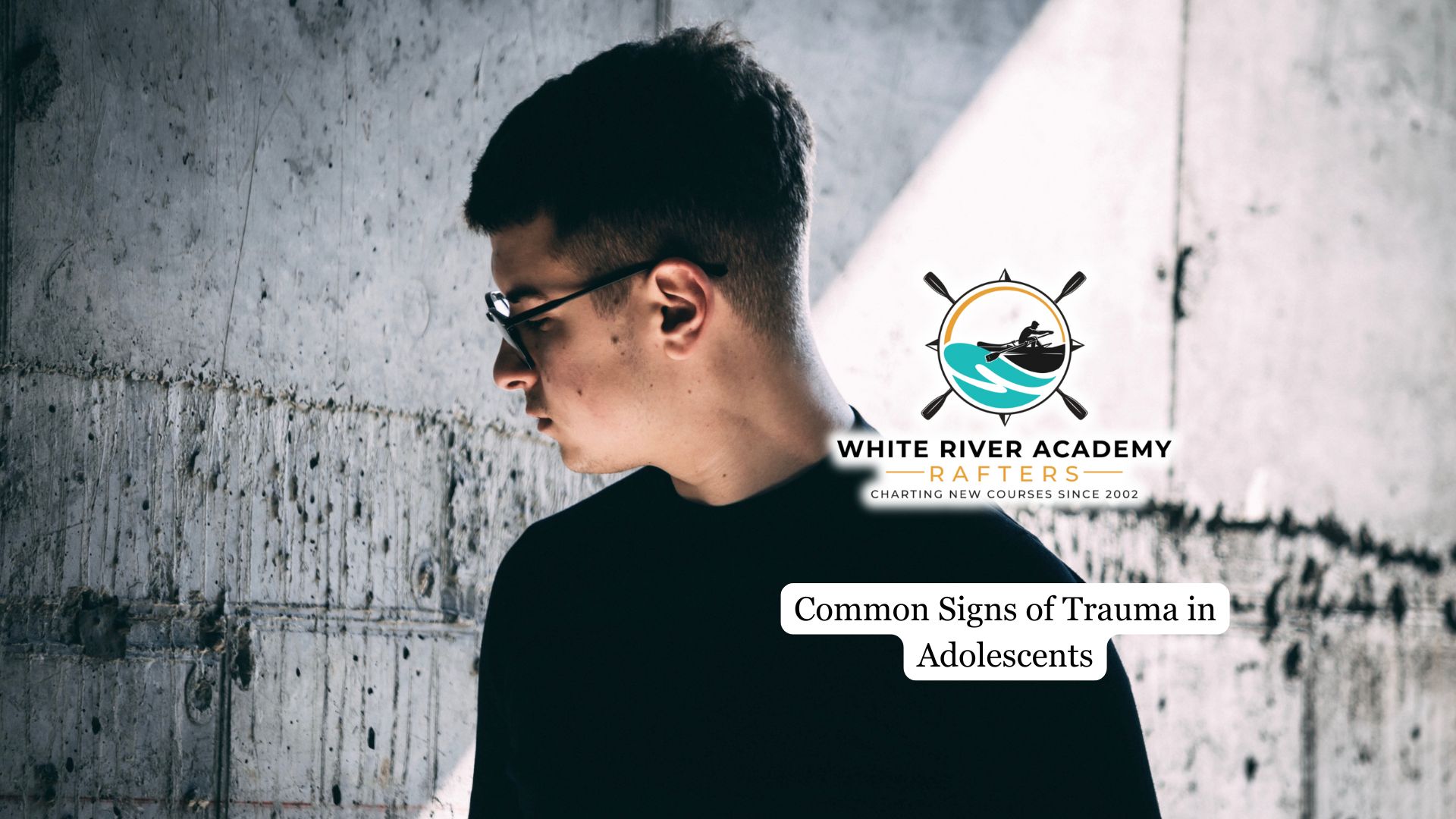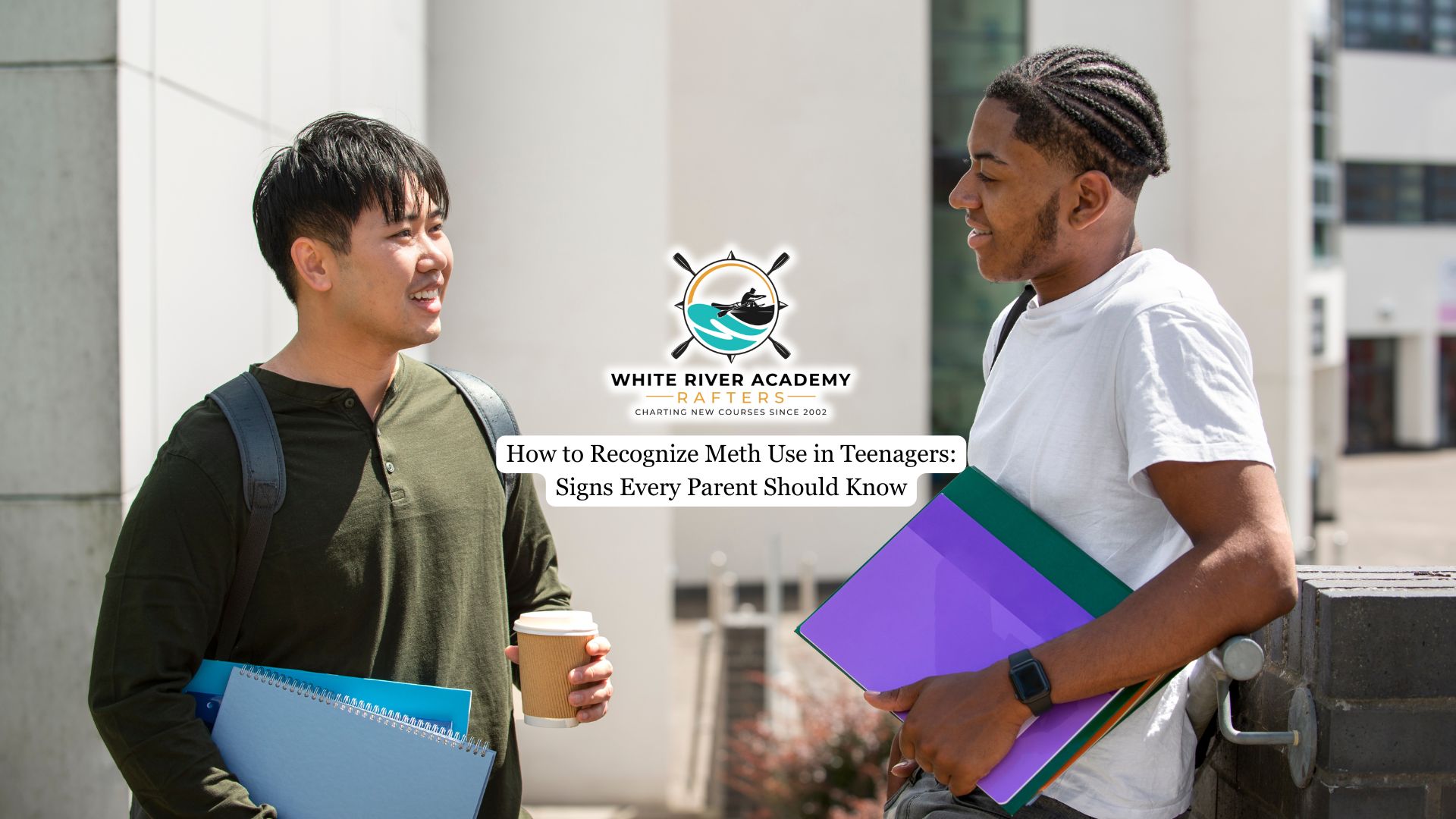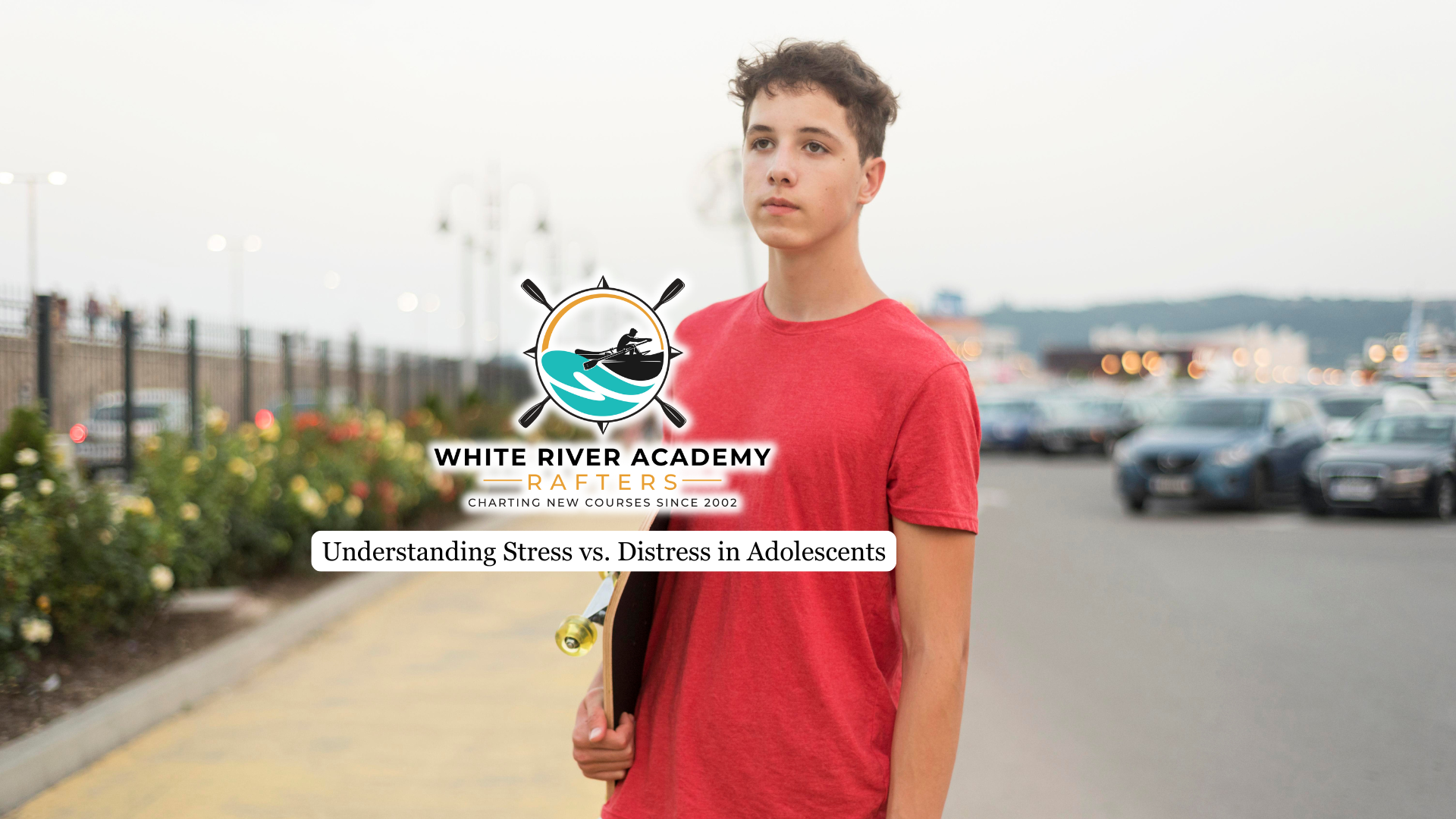Adolescence is a critical stage of development, and exposure to trauma during these years can have lasting effects on a teen’s emotional health, behavior, and learning. Understanding the common signs of trauma in adolescents helps parents or guardians recognize when support is needed.
This article explains the key indicators of trauma in teens, along with screening tools, treatment options, and when to seek professional help.
What Is Trauma in Adolescents?
Trauma in adolescents refers to psychological and physiological responses to distressing or life-threatening experiences, such as abuse, neglect, violence, accidents, or loss. Unlike ordinary stress, trauma overwhelms a teen’s ability to cope and can alter brain development, emotional regulation, and behavior.
In some cases, ongoing trauma may lead to post-traumatic stress disorder (PTSD), depression, or other mental health conditions.
Why It’s Important to Recognize Teen Trauma Early
Early recognition of trauma symptoms in adolescents is essential because untreated trauma can affect school performance, peer relationships, and long-term health. Studies on adverse childhood experiences (ACEs) show that trauma in youth increases the risk for substance use, anxiety, depression, and self-harm in adulthood.
Identifying warning signs early allows parents, teachers, and healthcare providers to intervene with effective support and treatment and to find the right teen trauma and PTSD treatment program that meets the adolescent’s specific needs.
Here are the common indicators of trauma in teens:
Emotional Symptoms
Emotional responses are often the most visible signs of trauma in adolescents. Teens may experience persistent anxiety, sadness, guilt, or shame. They may seem emotionally numb or detached, showing little interest in activities they once enjoyed.
Mood swings and heightened irritability are also common, as trauma disrupts the brain’s ability to regulate emotions effectively.
Behavioral Signs
Behavioral changes can signal underlying trauma. Some adolescents withdraw socially or become apathetic, avoid family interactions, or isolate themselves from peers. Others may display aggression, risk-taking, or reckless behaviors, including self-harm or substance use.
In certain cases, trauma may cause regression, where a teen reverts to behaviors typical of younger children, such as clinginess or temper outbursts.
Cognitive and Academic Effects of Trauma
Trauma can impair concentration, memory, and decision-making, which often translates into declining school performance. Teens may appear distracted, forgetful, or unable to complete assignments. Intrusive memories or flashbacks may interrupt focus during class, while avoidance of reminders of trauma can lead to school refusal.
These cognitive disruptions can be mistaken for ADHD or other learning issues if trauma is not considered.
Physical and Sleep-Related Signs
Adolescents dealing with trauma often experience physical symptoms with no clear medical cause. Headaches, stomachaches, muscle tension, and fatigue are common. Sleep problems are another hallmark sign, ranging from insomnia and difficulty staying asleep to frequent nightmares. Heightened arousal can also cause a teen to be easily startled or constantly on edge.

Social and Relationship Changes
Trauma often affects how adolescents interact with others. Teens may struggle to trust authority figures, teachers, or peers. They may withdraw from friendships, lose interest in social activities, or feel disconnected from loved ones. In contrast, some teens may become overly protective of family members or cling tightly to specific relationships as a way of coping.
How to Tell the Difference Between Stress and PTSD in Teens
It is normal for teens to feel upset after a difficult experience, but trauma-related stress typically resolves within a few weeks. If symptoms persist, worsen, or cause significant impairment in school, home life, or relationships, it may indicate PTSD. Unlike everyday stress, PTSD includes intrusive memories, avoidance behaviors, changes in mood and thinking, and heightened arousal lasting more than a month.
Screening Tools for Identifying Trauma in Adolescents
Mental health professionals use validated tools to identify trauma symptoms in teens. The UCLA PTSD Reaction Index for DSM-5 is widely used to assess post-traumatic stress symptoms.
Another option, the Child Trauma Screen (CTS), is a brief, reliable tool suitable for schools and pediatric settings. These screenings are not diagnostic on their own but help determine whether a full clinical evaluation is necessary.
Evidence-Based Treatments for Trauma in Adolescents
- Trauma-Focused Cognitive Behavioral Therapy (TF-CBT): Considered the gold standard for treating adolescent trauma, TF-CBT helps teens process distressing experiences while teaching practical coping skills.
- Eye Movement Desensitization and Reprocessing (EMDR): An effective treatment for PTSD in adolescents, EMDR supports the brain’s natural healing process through guided memory reprocessing.
- Child and Family Traumatic Stress Intervention (CFTSI): An early intervention program designed to reduce symptoms and prevent chronic post-traumatic stress in youth and families after recent trauma.
How Parents and Schools Can Support Teens with Trauma
- Maintain predictable routines: Structure and consistency can reduce anxiety and promote stability.
- Provide a safe environment: Reducing exposure to triggers and ensuring a sense of security helps teens feel supported.
- Encourage open, nonjudgmental communication: Listening without criticism allows adolescents to express emotions more freely.
- Monitor academic and behavioral changes: Teachers can track shifts in school performance or conduct to inform mental health assessments.
- Collaborate with professionals: Coordinating with therapists, counselors, and pediatricians ensures trauma-informed care across settings.
- Promote trauma-informed practices: Schools and communities that adopt trauma-informed approaches provide consistent, supportive interventions for teens.
Final Thoughts from White River Academy
Recognizing trauma symptoms in adolescents is important for early intervention and long-term outcomes. Common indicators include emotional distress, behavioral changes, academic difficulties, physical complaints, and social withdrawal. While not all adolescents exposed to trauma develop post-traumatic stress disorder (PTSD), persistent or worsening symptoms warrant professional evaluation.
At White River Academy, we provide structured trauma and PTSD treatment for adolescent boys in Utah that combines evidence-based therapies, holistic supports, and life skills development. Our program is designed to help teens manage symptoms, strengthen coping strategies, and improve overall functioning in a stable and supportive setting.




